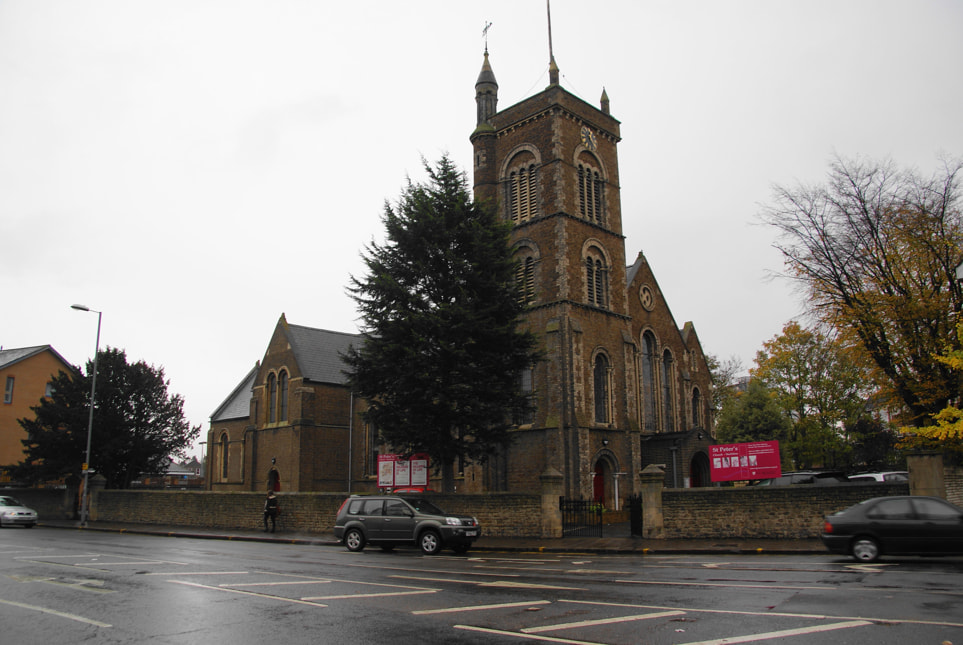Kingston Norbiton Structural Calculations: Ensuring Safe and Efficient Building Designs
Structural calculations are the backbone of safe and efficient building design, playing a critical role in ensuring that structures can withstand various loads and stresses over time. In Kingston Norbiton, a vibrant area in the Royal Borough of Kingston upon Thames, structural calculations are pivotal in the development of both residential and commercial properties. This article delves into the importance of structural calculations, the key elements involved, and how they are applied in Kingston Norbiton’s construction projects.
The Importance of Structural Calculations
Structural calculations are essential for the following reasons:
- Safety Assurance: Calculations ensure that buildings can safely support loads such as furniture, occupants, and environmental factors like wind and snow.
- Compliance with Regulations: Adherence to local building codes and regulations is mandatory, and structural calculations help in meeting these legal requirements.
- Cost Efficiency: Accurate calculations prevent over-engineering, which can lead to unnecessary expenses, as well as under-engineering, which can compromise safety.
- Longevity: Proper calculations extend the lifespan of a structure by ensuring it can withstand the test of time and environmental stressors.
Key Elements of Structural Calculations
Load Analysis
The first step in structural calculations involves analyzing various loads that the structure will encounter:
- Dead Loads: Permanent, static loads from the building’s structure, including walls, floors, roofs, and fixed installations.
- Live Loads: Variable loads that include people, furniture, and movable equipment.
- Environmental Loads: Natural forces such as wind, snow, earthquakes, and temperature changes.
Material Properties
Understanding the properties of construction materials is crucial:
- Strength: The ability of a material to withstand an applied force without failure.
- Durability: The material’s ability to endure environmental conditions without significant degradation.
- Elasticity: The capability of a material to return to its original shape after deformation.
Structural Analysis Methods
Several methods are employed to analyze the stability and integrity of a structure:
- Finite Element Analysis (FEA): A computerized method that breaks down complex structures into smaller, manageable parts called elements.
- Load and Resistance Factor Design (LRFD): A methodology that incorporates both load factors and resistance factors to ensure safety.
- Allowable Stress Design (ASD): An older method that involves ensuring that the stresses in a structure do not exceed allowable limits.
Structural Calculations in Kingston Norbiton
Residential Projects
In Kingston Norbiton, residential projects range from single-family homes to multi-story apartment buildings. Structural calculations for these projects involve:
- Foundation Design: Ensuring that the soil can support the structure’s load and that the foundation type (e.g., strip, raft, pile) is appropriate.
- Beam and Column Sizing: Determining the correct dimensions and materials for beams and columns to support the loads.
- Floor Slab Analysis: Ensuring that floor slabs can handle live and dead loads without excessive deflection or cracking.
Commercial Projects
Commercial structures in Kingston Norbiton, such as office buildings, retail spaces, and mixed-use developments, require more complex calculations due to higher loads and larger spans. Key considerations include:
- Load-Bearing Walls vs. Frame Structures: Deciding whether to use traditional load-bearing walls or modern frame structures for better flexibility and space utilization.
- Dynamic Load Analysis: Accounting for dynamic loads such as vibrations from machinery, traffic, and human activity.
- Fire Safety: Ensuring that structural elements can maintain integrity under fire conditions, often requiring fireproofing materials or designs.
Historic and Renovation Projects
Kingston Norbiton is home to many historic buildings, which present unique challenges:
- Assessment of Existing Structures: Detailed evaluation of existing conditions to understand the current load-bearing capacity and areas requiring reinforcement.
- Sympathetic Interventions: Designing structural interventions that respect the building’s historical integrity while upgrading its safety and functionality.
- Adaptive Reuse: Transforming historic buildings for modern use, such as converting old warehouses into residential lofts, which involves intricate structural calculations to meet new load requirements.
Advanced Technologies in Structural Calculations
Building Information Modeling (BIM)
BIM is revolutionizing structural calculations by providing a 3D model that integrates all aspects of a building’s design. In Kingston Norbiton, BIM allows for:
- Improved Collaboration: Enhanced communication between architects, engineers, and contractors through a shared model.
- Accurate Simulations: Running simulations to predict the behavior of structures under various conditions.
- Real-Time Updates: Immediate updates to the model as changes are made, ensuring accuracy and efficiency.
Sustainable Design Practices
Sustainability is a growing concern in Kingston Norbiton’s construction industry. Structural calculations now often include:
- Life Cycle Assessment (LCA): Evaluating the environmental impact of building materials and designs over their entire life cycle.
- Energy Efficiency: Designing structures that minimize energy consumption, including considerations for thermal insulation and natural lighting.
- Recycled Materials: Incorporating recycled or sustainable materials without compromising structural integrity.
Conclusion
Structural calculations are the cornerstone of building safe, efficient, and sustainable structures in Kingston Norbiton. By understanding and applying the principles of load analysis, material properties, and advanced technologies, engineers ensure that every building project, whether residential, commercial, or historic, meets the highest standards of safety and performance. As Kingston Norbiton continues to grow and evolve, the role of precise and innovative structural calculations will remain crucial in shaping a resilient and vibrant built environment.



Comments are closed